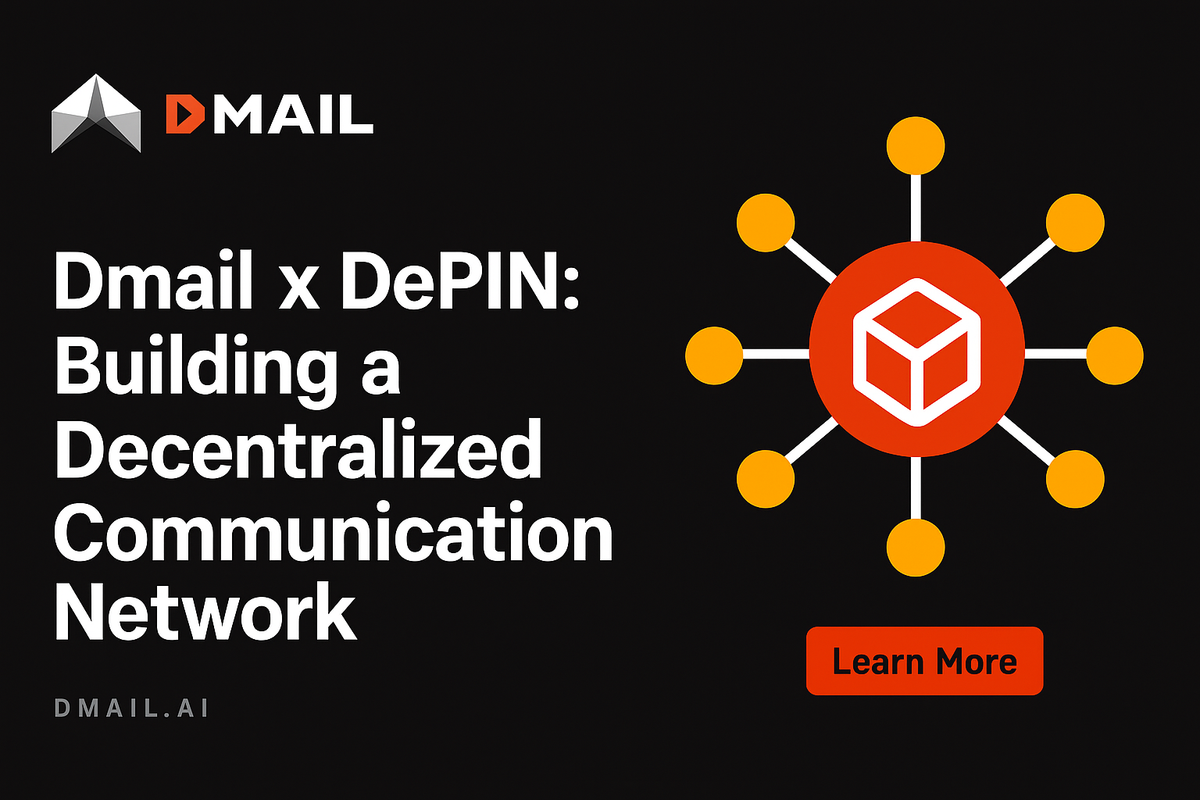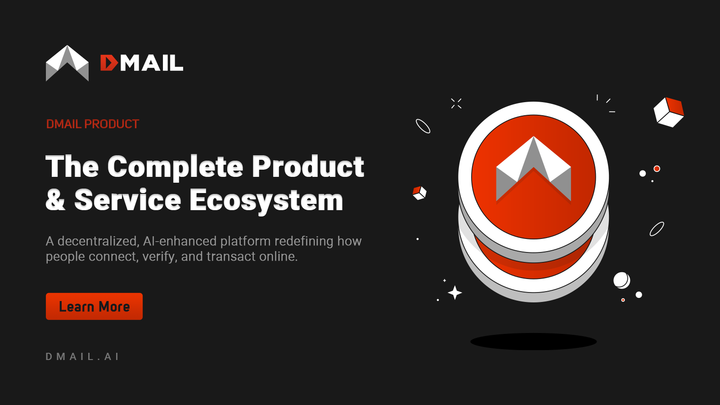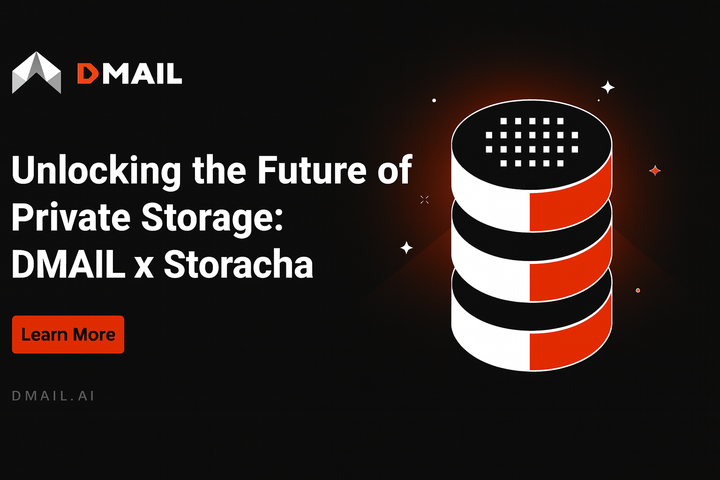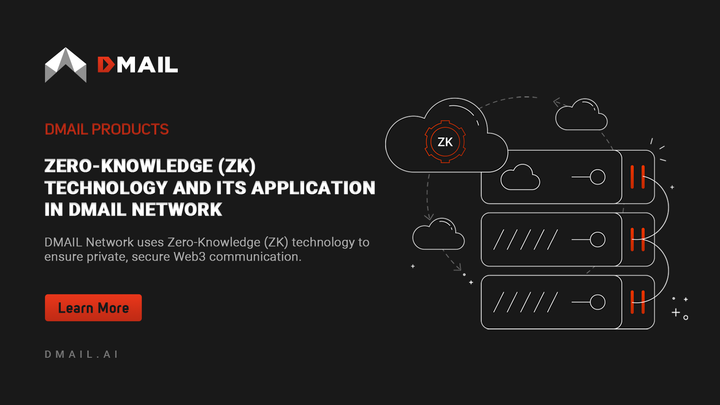Dmail x DePIN: Building a Decentralized Communication Network

The Hidden Infrastructure Powering the Next Internet
Web3 has moved past speculation. The next frontier isn’t DeFi or NFTs — it’s DePIN: the Decentralized Physical Infrastructure Network movement, where real users provide the bandwidth, storage, and compute power that fuel digital ecosystems.
This is where Dmail Network makes its next major leap.
While most messaging apps exist purely in software, Dmail is building a physical communication network — one where users run the infrastructure, secure the data, and earn yield from their contribution.
Your inbox isn’t just a client. It’s a node in a living, breathing ecosystem.
The Architecture of a Decentralized Inbox
At its core, Dmail is more than a Web3 mailbox — it’s an encrypted routing layer that connects identities, wallets, and applications across dozens of chains.
But the magic lies in how it’s run.
Dmail’s DePIN model distributes the heavy lifting across a network of user-operated nodes that handle:
- Storage: Encrypted message data is stored redundantly across nodes.
- Routing: Messages are transmitted via peer-to-peer relays — no centralized servers.
- Verification: Nodes confirm delivery, timestamping, and integrity on-chain.
Each function earns rewards. The more you contribute, the more you earn.
It’s the Web3 evolution of email hosting — from paying for servers to being paid by the network.
From Cloud to Crowd
Legacy communication relies on corporate data centers — centralized, opaque, and prone to abuse.
In contrast, Dmail’s DePIN model reclaims that power for users. Every device, from a desktop node to a home server, becomes a micro data center in a global mesh of encrypted messaging infrastructure.
This creates:
- Censorship resistance — no single point of failure.
- Scalability — demand balanced across the network.
- User sovereignty — control over data location and replication.
In essence, Dmail transforms communication into a self-sustaining, user-owned infrastructure economy.
The Incentive Engine: Proof of Communication
DePIN projects live or die by incentives. Dmail’s innovation lies in Proof of Communication — a hybrid mechanism that rewards actual participation in the network, not just idle hardware.
Node operators earn tokens for:
- Delivering verified messages
- Maintaining uptime and reliability
- Encrypting and decrypting traffic securely
- Storing data fragments with redundancy guarantees
Every byte routed, every message confirmed, every storage block maintained — it’s all measurable, auditable, and rewarded.
That’s not just decentralization — that’s economic alignment at protocol scale.
Why DePIN + Messaging Is the Perfect Marriage
Most DePIN networks focus on compute (Render, Akash) or storage (Filecoin, Arweave).
Dmail adds the missing piece: communication.
Messaging is the most universal network function — it touches every user, every app, every protocol.
By embedding DePIN logic directly into communication infrastructure, Dmail connects the physical world of nodes with the social graph of users.
This isn’t a niche feature. It’s a new digital backbone — a bridge between bandwidth, identity, and value.
Owning the Pipes, Not Just the Platform
The difference between Web2 and Web3 is simple:
- In Web2, you rent the pipes.
- In Web3, you own them.
Dmail’s DePIN layer lets individuals become stakeholders in the world’s next communication infrastructure — no gatekeepers, no ads, no intermediaries.
The more you contribute to uptime, routing, and verification, the more you earn from the system’s growth.
This isn’t cloud computing. It’s crowd computing — and it’s the economic engine that will carry Web3 into mass adoption.
The Future Is Peer-to-Peer, Paid-to-Participate
Dmail’s vision is clear: a communication protocol that pays its own users to exist.
As billions of messages flow through decentralized nodes, the people powering that flow earn a share of the network’s value.
It’s the DePIN flywheel:
More users → More messages → More node demand → More rewards → More decentralization.
What started as an inbox becomes infrastructure — a global, distributed backbone for Web3 communication.
The Message Is the Network
When you strip it down, Dmail’s DePIN model isn’t just a way to route messages.
It’s a new philosophy for digital interaction — one that turns communication into a collaborative infrastructure economy.
Because the next generation of the internet won’t be hosted.
It will be earned, owned, and operated — by the people who use it.

Connect with Dmail: Website | Twitter | Discord | Github | Telegram





Comments ()